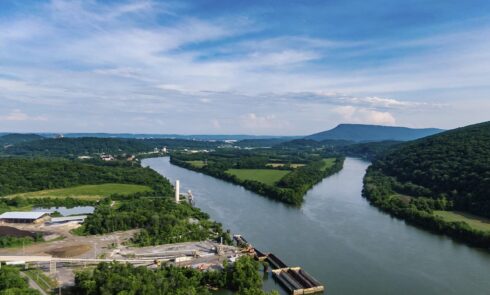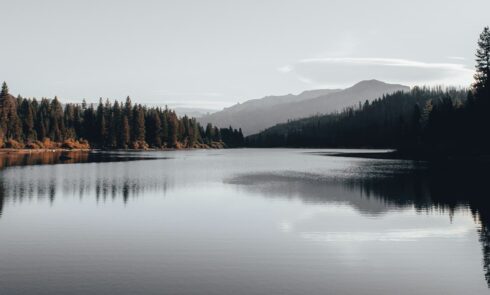Iowa is home to many fascinating aquatic habitats with robust ecosystems and rich biodiversity. Below is a summary list of resources to help you as you explore Iowa’s aquatic habitats.
The “Land of the Rolling Prairies” offers rolling prairies and cornfields, as well as some steep hills and valleys in the Paleozoic Plateau Zone, a free zone in the northeast, a region that escaped the leveling effects of glaciation during the last ice age.
Most of Iowa’s land is used for agriculture; crops occupy about 60% of the state’s territory, 30% is grassland (pasture and hayfields with some prairie and wetlands).
Rivers
The Missouri and Mississippi Rivers are the boundary rivers that define Iowa’s border to the west and east.
Other major rivers include the Des Moines River, Cedar River, Iowa River, and Wapsipinicon River (Wapsi); all are tributaries of the Missouri.
The Big Sioux River in the northwest is a tributary of the Missouri River and marks the Iowa portion of the border with South Dakota. The Chariton and Grand River rivers originate in Iowa.
Lakes
The largest lakes in Iowa are Red Rock Lake, a reservoir on the Des Moines River, and the Great Lakes of Iowa, several deep glacial lakes in the northwestern part of the state. These are the largest natural lakes in the state. Lake Rathbun, the second largest lake in Iowa, is located in Appanoose County; West Okoboji Lake and Spirit Lake are the two largest lakes in the Great Lakes of Iowa, and Saylorville Lake, another reservoir on the Des Moines River. Lake Clear is one of the largest natural lakes in the state.


